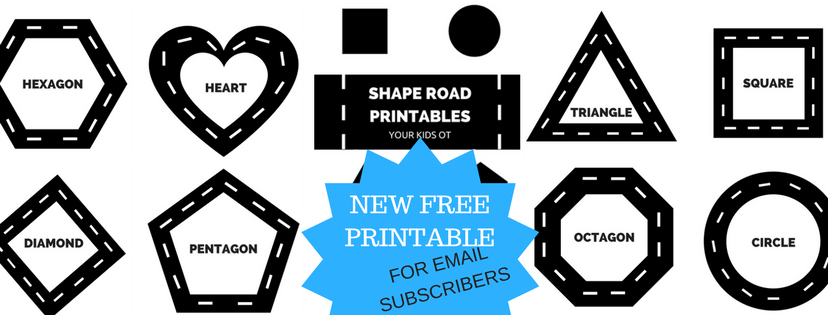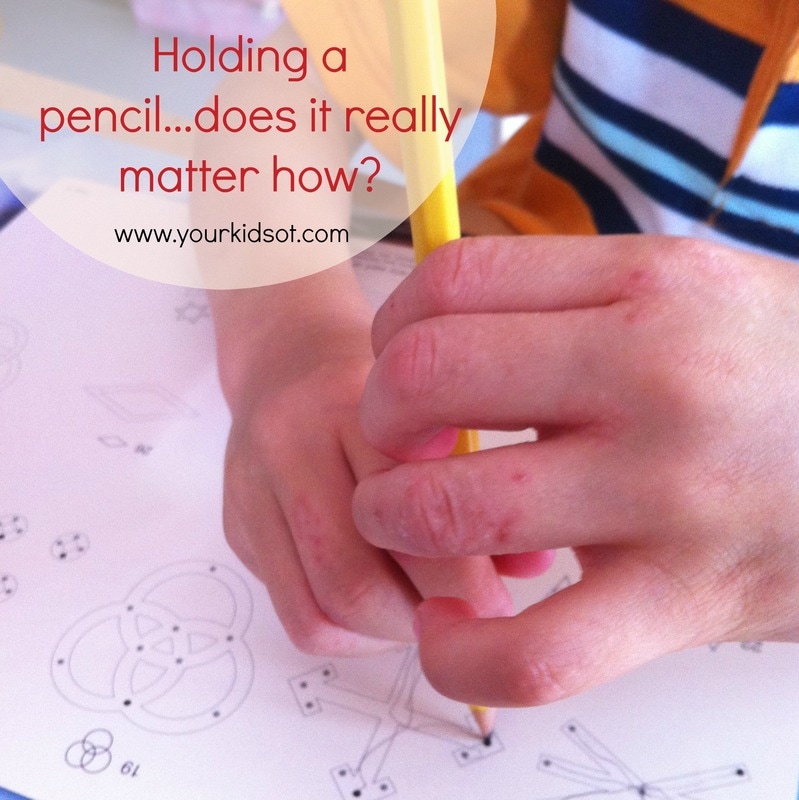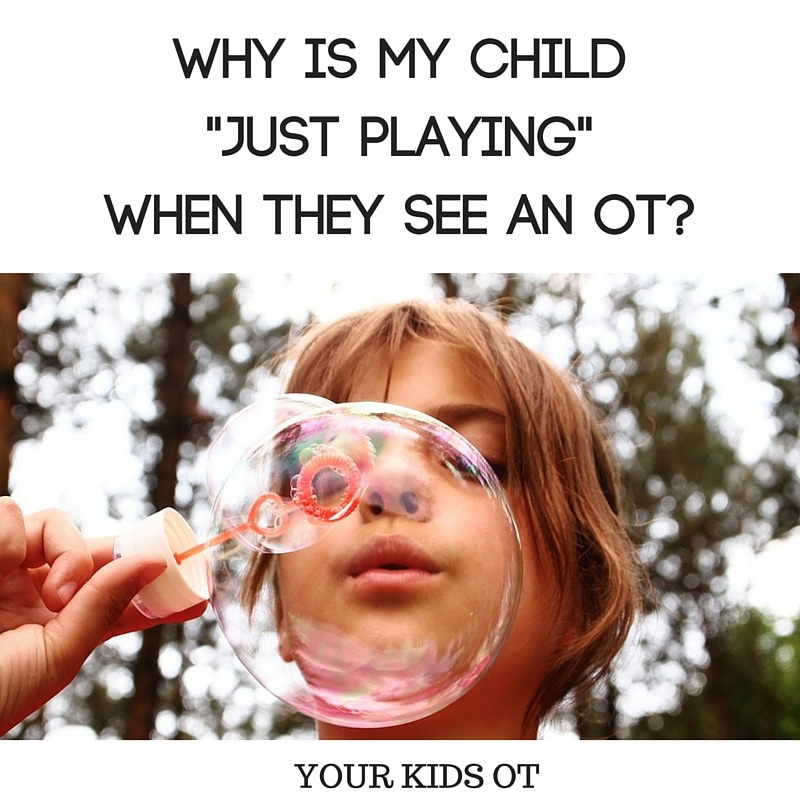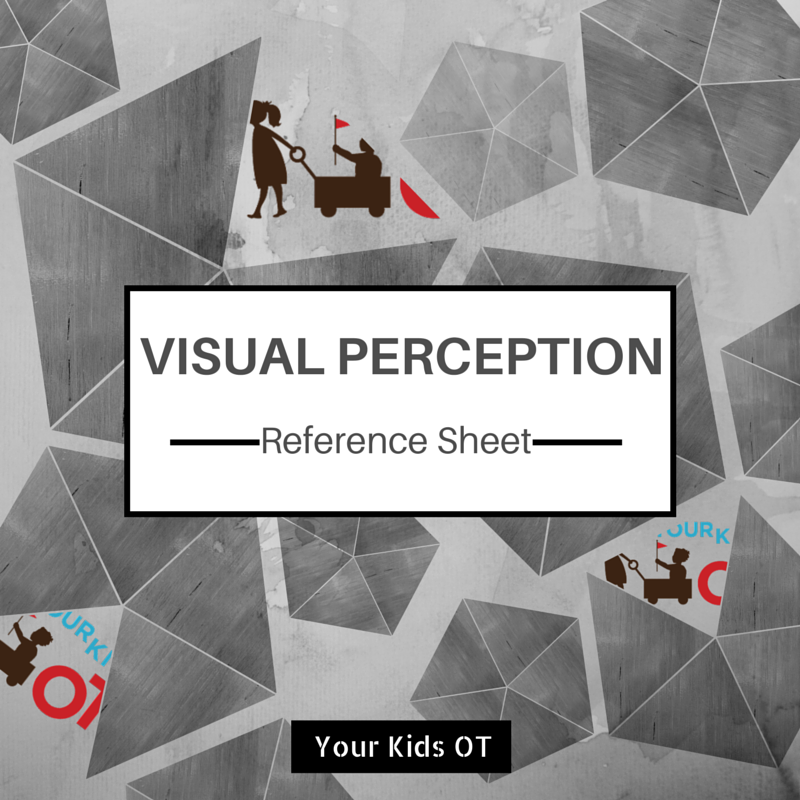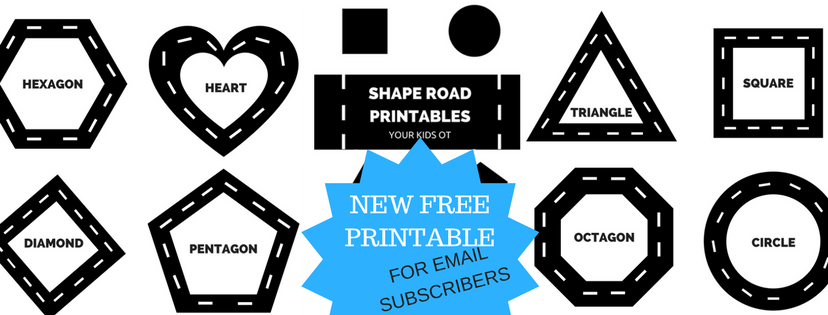|
Affiliate links are used throughout this website to promote products I love and recommend. I receive a commission if any purchases are made through these links. Please see my disclosure policy for more details.
Vuly has provided a Lift 2 Large Trampoline for the purposes of this giveaway. Your Kids OT has not received any remuneration for this article or giveaway. Vuly does not have an affiliate program. All opinions expressed in this article are that of Your Kids OT.
Trampolines have become a quintessential part of an Aussie backyard! Do you have one?
There are so many therapeutic benefits to trampolining. 1. Sensory benefits Trampolining provides proprioceptive and vestibular input and can help children to regulate their bodies. Proprioception is sometimes called "position sense" or "muscle sense" as information from receptors in our muscles and skin help to inform us of where are body parts are in space, how they relate to each other, how much and how quickly they are stretching, the speed and timing of movement as well as the mount of force exerted. Proprioception helps us to be aware of our bodies and directs our motor control and planning. The brain processes vestibular sensations received through the hair receptors in the inner ear and are stimulated by gravity. Vestibular input can be described as linear (up/down, forward/backward and side to side) as well as rotational (spinning around). These movements can be calming or stimulating. Trampolines are a great way for children to explore movement and their own bodies. A well regulated body means that a child's mind will be ready to learn! 2. Motor benefits A trampoline is a great way to work on balance, coordination, weight bearing, body awareness and bilateral coordination. Trampolining can also provide cardio-vascular and fitness benefits! 3. Social skills A trampoline is fun on your own but even more fun with friends and family. Children can practice turn taking and social skills; working out different ways to use the trampoline and be collaborative in play. 4. A boost of happiness! A child's mental health and happiness is so important and can affect every aspect of their lives. Trampolining enables children to feel weightlessness and bouncing can bring pure joy!
GIVEAWAY TIME!
I am partnering with Vuly Trampolines to bring an incredible giveaway to an Australian reader. Vuly is an Australian manufacturer and supplier of world-class trampolines and swing sets. Vuly are now a registered NDIS approved supplier of trampolines. GIVEAWAY NOW CLOSED. WINNER: DANIELA MCCANN
Terms and Conditions
**1. The prize includes a Vuly Lift 2 Large Trampoline and delivery within Australia. Vuly will provide all costs associated with shipping the product to one address in an Australian territory. 2. Open to Australian residents only. 3. Entries close on October 27th, 2018 at 12am. 4. Winner will be announced at on Your Kids OT Facebook Page https://www.facebook.com/yourkidsot/ after October 27th 2018. 5. Winner will be notified via email provided with entry. 6. Prize winner must inform Your Kids OT of their mailing address within 48 hours of being notified as the winning entry. 7. This is a game of skill, not a random draw. Your answer must be original or creative. The winner will be chosen from the original comments. 8. Your Kids OT and Vuly will not be held accountable for any injury sustained as a result of misuse or damage to the product.**
I'm looking forward to reading all your great entries!
Who wants a trampoline??? (.... perfect for Christmas which is not too far away!) Remember to share this giveaway with your friends and family!
You may also like:
Subscribe to the Your Kids OT Newsletter!Receive your FREE PRINTABLE as a thank you! This form collects information we will use to send you our newsletter with our latest posts, products and special offers.
Already subscribed? Don’t worry you won’t be added twice! Success! Now check your email to confirm your subscription to receive the FREE "OT HOMEWORK GRID" Printable! Today on the blog, I would like to introduce Laurie Gombash! Laurie is a physical therapist who loves to teach the alphabet through movement and a range of multi-sensory activities. To capture an array of learning variability gives children an opportunity to learn in ways they understand through their senses. Laurie is sharing her latest book, ABC's of Active Learning© with us today! What an exciting resource that would be valuable for anyone working with young children! Thanks for this opportunity to guest blog and tell everyone about my new book, ABC’s of Active Learning©. It's the same 26 letters with a multi-sensory twist that provides a lively and engaging teaching and learning experience! As parents, caregivers, practitioners, or teachers, we realize the importance of early literacy development, but how do we continue to find creative ways to present critical learning skills? More importantly, how do we capture the motivation of our learners who come to us with different strengths and areas in need of continued development? The ABC’s of Active Learning© targets the whole brain through movement activities, organized games, multi-step crafts, as well as multi-sensory pre-writing activities that can be used and graded for learners of all abilities. With the rise of technology dominating so much of the young child's time, this tool takes learning back to the basics, providing organizing movement activities that help to establish a child who is ready to be an active participant in his or her learning! For example, for the letter M, Our Marching Band by Lloyd Moss is the suggested read.
To challenge children’s phonological awareness, encourage them to say the words that start with the “M” sound. Learning outcomes from Marshmallow lob include eye-hand coordination, phonological awareness, and gross motor skill enhancement. All activities are designed to be fun and motivating, while simultaneously providing rich multi-sensory input, improving motor development and learning. This book can stand alone or be a supplement to The ABC’s of Movement® activity cards. To purchase these products or to find out further information refer to www.ABCsofMovement.com.
How to Use a Metronome to Increase Attention, Coordination and Motor Planning {Guest Post}31/7/2017
What a privilege to have another guest blogger with us today at Your Kids OT! I feel like I am a student constantly learning from others and love reading what other OTs are doing in their practice! Today on the blog, I would like to introduce Casey who is an occupational therapist whom I "met" on Instagram! She shares so many creative ideas! Today, Casey shares with us "how to use a metronome to increase attention, coordination and motor planning". Be sure to follow the links through to her you-tube videos which provide a great demonstration of her activity suggestions here! Have you used a metronome in your OT practice? Have you considered using it in the classroom or at home?
The metronome creates a beat. This beat can be utilized at various speeds providing auditory input for the neurological system to process. Creating a sensorimotor activity that uses the beat (clapping on beat, stomping a foot on beat, bouncing a ball against the wall on beat) causes the brain to process and communicate messages between multiple senses It makes the brain process all of the messages passing through to get in rhythm! Think about listening to a teacher, taking notes, while maintaining posture in a chair. Or listening to your coach tell you how to adjust your stance, while holding bat in proper position in the batter's box and readying yourself for the next pitch. Multiple avenues of brain communication are needed to complete these tasks in congruence. What better way to exercise the attention, focus and motor needed to do this than to add some rhythmic auditory input. Here are some examples:
What I love about this - is it is so easy to implement! This is not just an idea for therapists! Parents, teachers, paras... anyone working with kids YOU can try this too. I love implementing these activities for brain gym/brain breaks to stimulate the body and brain! They would be great activities to do during the school day or before homework! I hope this inspires you and gives you a fresh idea to implement in your home school or therapy session! Ready to Grow - Casey
You may also like:
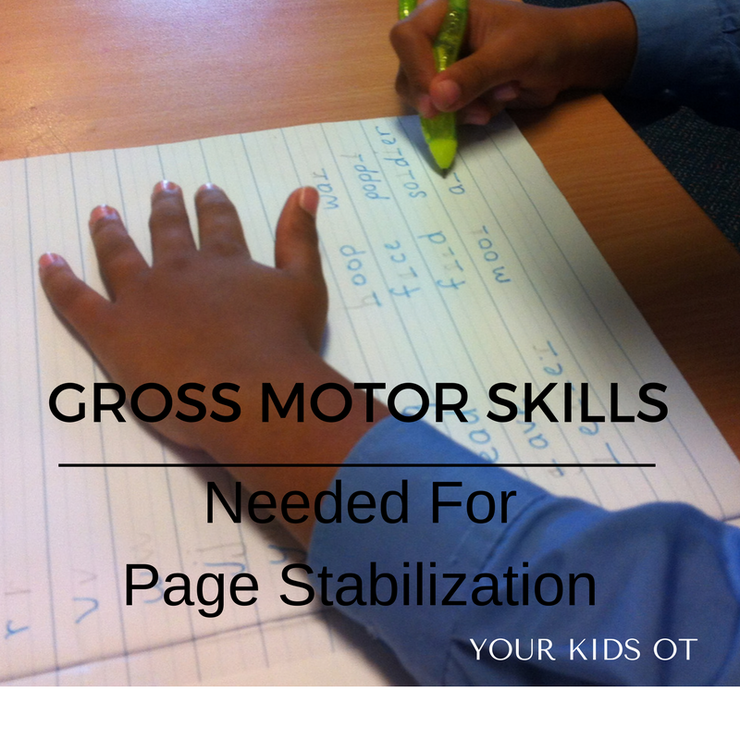
Affiliate links are used throughout this website to promote products I love and recommend. I receive a commission if any purchases are made through these links. Please see my disclosure policy for more details.
Put your left hand on the page and have your right hand do the "writing".
Hold the page not your head. Don't let your page wiggle! Do these phrases sound familiar to you? There are some kids who can't seem to hold their page still on the table. The paper flies off the table, moves as it is being written on or even gets crumpled under their hand. This makes drawing and writing really tricky! Ideally at the table, children use their dominant hand to hold a writing implement and use their non-dominant hand to stabilize the page they are working on. They provide just enough pressure so that the page does not move. The dominant forearm also rests on the page with their fingers and hands controlling the pencil. Did you know that the ability to stabilize a page on the table may be due to core muscle weakness, poor bilateral coordination and poor shoulder stability? How??? Core Muscle Weakness Core muscles can be considered "as the sturdy central link in the chain connecting your upper and lower body".* Core muscles describe both the muscles which assist with stability as well as those which enable trunk movement. ** What you might see in the classroom:
Core muscle strength can be developed through a wide range of activities. Organized sports such as swimming, basketball, gymnastics etc will assist with fitness and regular strengthening activities. Children can also develop core muscle strength through traditional exercises such as sit ups, push ups, holding a plank position, squats to stands, etc. Through play activities, children can build core strength without realising it. These might include using a hula hoop, pushing heavy wagons, crawling through tunnels, climbing on ropes, jumping on a trampoline, pulling a sibling on a towel, an obstacle course of pillows, relays in the yard picking up various objects to carry, riding a bike, etc. Bilateral coordination Bilateral coordination/integration is the ability to use both sides of the body at the same time in a coordinated way. What you might see in the classroom:
Read more aboutbilateral coordination HERE or obtain a copy of the bilateral integration reference sheet with over 50 activity suggestions HERE !
Shoulder Stability
Shoulder stability refers to the ability to contract (pull together) the muscles on either side of the shoulder joint to hold the shoulder steady. This allows the arm to be held in different positions while the forearm and hand do an activity. *** What you might see in the classroom: A child with poor shoulder stability may use their whole arm to control their pencil rather than using their fingers.
Shoulder stability can be developed with tummy time and crawling (for all ages)! Read more about this HERE! For further activity ideas to assist shoulder stability have a look at OT MOM LEARNING ACTIVITIES SHOULDER GIRDLE EXERCISES FOR KIDS! Do you have a child who struggles to stabilize the page on the table during writing? Do they have difficulties with any of these gross motor skills?
Disclosure: Affiliate links are included in this article to promote products that I recommend. This means that if you follow through with a purchase from these links, Your Kids OT will receive a percentage of the sale. Reviews and endorsements of products will only be made based on my expertise and personal opinion; and deemed worthy of such endorsement. The opinions shared in sponsored content will always be my own and not that of the advertising company or brand.
References:
* Publications, H. H. (n.d.). The real-world benefits of strengthening your core. Retrieved February 07, 2017, from http://www.health.harvard.edu/healthbeat/the-real-world-benefits-of-strengthening-your-core ** Khadir, S. A., Knight, K., Bras, S., Rhule, V., & Pagare, V. Core stability - Physiopedia, universal access to physiotherapy knowledge. Retrieved February 7, 2017, from http://www.physio-pedia.com/Core_stability *** Royal Children's Hospital Melbourne, 2005. Occupational Therapy Kids Health Information: Shoulder Stability and Control. Retrieved February 07, 2017, (n.d.) from http://www.rch.org.au/uploadedFiles/Main/Content/ot/InfoSheet_F.pdf
You may also like:
It was a priviledge to write a guest post for Teacher Types recently with my "Tummy Time Tips"! There are four tips to help new parents get started with tummy time! Here is a sneak peak... “Back to sleep, tummy to play” was coined as a response to encouraging parents to lay their babies to sleep on their back to help reduce the risk of SIDS- Sudden Infant Death Syndrome or "cot death". Tummy time encourages a baby with the development of head, neck and upper body muscles. This development is so important as baby learns to roll over, sit up, crawl, stand and walk. All these activities need baby to have the strength to support themselves against gravity and develop postural tone. Tummy time helps them to understand how to weight-shift and over time use both arms at the same time (bilateral coordination). Weight bearing on baby’s arms and hands is an important benefit of tummy time and crawling that can be sometimes overlooked. Tummy time also helps to prevent the development of flat areas on the back of their head. Please head over to Teacher Types to read these tips as I encourage you to consider the time baby spends on their tummy as enjoyable and an opportunity for parent and child interaction. Read it in full here!
Looking for more information about "tummy time"?
What tips do you give new parents about tummy time? 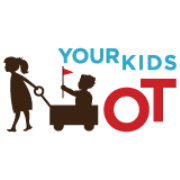
Cindy is a registered Occupational Therapist practising in Sydney Australia. She has two young children who are a constant source of inspiration and learning. Cindy loves working creatively to help children to reach their potential, finding opportunities in everyday living and making learning fun. Cindy is the author of the Occupational Therapy blog Your Kids OT.
The information on this site is general in nature. The activities are safe for most children, however, you should consult an Occupational Therapist or health professional to address specific movement, sensory or other medical conditions.
Crawling is important for babies, toddlers and big kids! Crawling is important for all ages!
If you are thinking, "My child skipped crawling and went straight to walking, how does this apply to my child?" or you have a school-age child who is well passed the crawling stage then please continue reading as this article is for you as well! Crawling can appear in a variety of ways. Some babies "commando crawl" pulling themselves forward on the ground with their arms, dragging their legs. Some babies "bear crawl" with arms and legs locked in place. Some babies "crawl" by shuffling backwards or sideways. Traditional crawling involves "four point positioning" with arms moving in a reciprocal coordinated way with legs (ie. right arm and left leg move together). Note: I'm not including bottom-shuffling as "crawling", although some babies move this way, there is no weight-bearing on the arms and therefore does not have the same benefits of crawling I'm about to outline.
Whether a baby is learning to crawl for the first time, a baby being encouraged to crawl even though they can walk, or an older child is crawling for fun... there are therapeutic benefits for them all!
Therapeutic Benefits of crawling! Crawling is a developmental milestone usually reached before walking. It is a gross motor skill that enables a baby to explore and interact with their environment. New found mobility can help a baby to reach new surfaces, pull to stand with furniture and seek social interaction. Physically, crawling helps a baby or child to strengthen their back, neck, shoulder, tummy, arm and hand muscles. Crawling can help develop eye-hand coordination and more importantly bilateral coordination (use of the two sides of the body and the brain). During crawling (at any age), there is coordination and synchronisation of the two hemispheres of the brain as both the left and right sides of the body are used. We need integration of the two sides of the brain to enable us to perform cognitive skills such as reading, writing, communication, etc. “Cross lateral movements, like a baby’s crawling, activate both hemispheres in a balanced way. These activities work both sides of the body evenly…Because both hemispheres and all four lobes are activated, cognitive function is heightened and ease of learning increases.”(1) Crawling not only strengthens the big muscles of a baby (or child's) body, it also helps to strength hand muscles. Specifically, crawling can help with the development of the hand's palmar arches and separation of the two sides of the hand. Crawling also has great sensory benefits. This aspect is especially important for older kids and the main reason I include it into my therapy sessions. Crawling is a form of "heavy work" and includes getting kids off their feet (out of extension patterns) with their bodies aligned for deep breathing. This alignment can also be achieved if the crawling surface is dynamic (eg. an air mattress) or uneven (eg. cushions) or up an incline. This combination of heavy work and deep breathing is really helpful when looking at ways to calm a child's sensory system and helping them to modulate their bodies.
Ways to encourage crawling
(1) for babies who have not yet reached the developmental milestone (under 12 months) * Tummy time will strengthen neck, shoulder, arm and trunk muscles. Tummy time encourages reaching and pivoting skills which are precursors for crawling. Tummy time experiences also assist to develop perception, body awareness and sensory motor skills There are many fantastic ways to encourage tummy time. Read about some of themhere. * Supported kneeling in a crawling position (4 point positioning with an adult behind baby using their legs to provide the necessary support in this position). Supported kneeling promotes good hip control and trunk stability as well as strength in thigh, bottom and stomach muscles. This will assist with standing, crawling, pulling to stand and walking. Facilitate the hip-leg-foot together and the opposite arm/hand during play. Supported kneeling in a crawling position may also be encouraged over a roller or adult leg. Read about a home made roller here.
* Supported kneeling at a higher surface (eg. low sofa, small chair, coffee table, etc). Some children will be comfortable in this position on their own and others will need help to be supported around their hips. With support, the position provides opportunity for trunk rotation and development of core muscle strength.
Christie from MamaOT has more great suggestions for helping babies to crawl. Read ithere.
(2) for all ages There are so many ways to encourage your older child to crawl in their natural environments or with simple props. * tunnel play * over a therapy ball * up a slippery dip (slide) * obstacle course * up a grassy hill * "bear walk" * over a mattress/bed * at the beach on the sand or in shallow water * scooter board * wheelbarrow * in the dirt * across the lawn * from bedroom to bathroom * under the dining table * under a clothes horse * across a trampoline, under the trampoline (with no one jumping) So does it matter if your child skips crawling and starts walking? Children develop in different ways and some prefer to stand. Some babies will move quickly to walking and prefer this to being on all fours. Others will walk and still crawl when they feel like it. Some children will crawl for a long time before eventually walking. There are great benefits for your baby and older child to crawl. I always suggest that babies and children should be encouraged to crawl whether they have "skipped" it or not! Incorporate crawling into your daily routine! Do your babies and kids love crawling? UPDATED 2023:VERSION 2 OF THE SCHOOL READINESS CHECKLIST NOW AVAILABLE!
As we begin term 4 of the Australian School term, some of you may be thinking about school readiness for 2015. Is my child ready for school? Is school ready for my child?
Whilst there are certain expectations for children beginning school, there is also a wide-range-of-normal! Children learn at their own pace and may begin school with various "school readiness" skills. School readiness may include social skills, language skills, emotional skills, concentration skills, visual-motor skills, pre-writing skills, self-care skills, fine and gross motor skills. If your child has difficulty with one or more of these areas of skill development, it does not mean that they are not ready for school. It may mean that they need some help ... including Occupational Therapy. I suggest looking at the overall picture of your child's development and speaking with your child's educator (if they attend preschool or child care). The following school readiness checklist is based on those "red flags" where referral to Occupational Therapy may assist your child in these months leading up to starting school. The questions here are based on various standardised assessments OTs use including The Miller Function & Participation Scales, The Peabody Developmental Motor Scales and the Beery VMI (Visual-Motor Integration). The checklist is not exhaustive and was developed to provide a snapshot of where you child is currently performing and what they may need help with completing.
You can find a FREE printable copy of this checklist in the Your Kids OT shop. You are welcome to distribute it to parents and educational settings. OTs, please do not copy the content for professional use (ie. don't use the content and add your own logo).
If you complete this checklist and have concerns about your child's development, contact an Occupational Therapist for a comprehensive assessment. If you live or your child attends an educational setting in the Ryde LGA (Local Government Area), please contact me at [email protected] or via the contacts pagehere for further information about direct therapy services. Do you have a child starting school in 2015?
Tummy time is encouraged from birth to promote head, neck and upper body strength. Start introducing tummy time early with a minute or so a few times a day. Slowly increase the duration of tummy time. Here is a great article about tummy time on the Raising Children's Network.
Tummy time is typically shown to parents as time for baby to lie on their stomach's on a mat. Tummy time can take place in a number of positions. My favourite was those first moments of skin to skin contact when my baby was placed on me! Other positions you might consider are over a gym ball, over your lap, over a roll, across your arm, over a rolled up towel, up on your shoulder, up on your legs. You can introduce toys or a mirror as your baby gets older to make tummy time more interesting. I recently asked my readers to send in their photos of their babies doing tummy time. I loved seeing all the gorgeous babies and it was great to see tummy time in practise in a variety of ways. Here is a collage of the photographs {including some of my own 2 bubs}. Thank you again to all those who contributed!
Tummy Time Therapy Blogger Blog Hop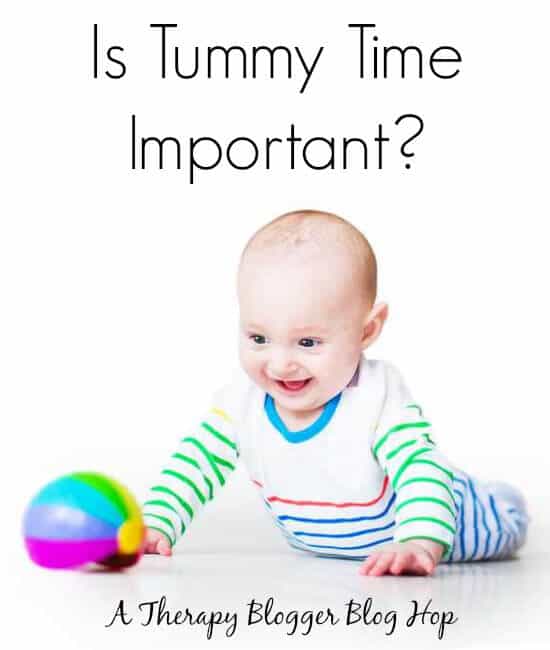 Below you will find all the posts in the Tummy Time therapy blogger blog hop. So many great ideas and thoughts on tummy time from Occupational Therapist and Physical Therapists. Below you will find all the posts in the Tummy Time therapy blogger blog hop. So many great ideas and thoughts on tummy time from Occupational Therapist and Physical Therapists.
The Importance of Tummy Time for Babies - Golden Reflections Blog Tummy Time & Baby's First Year - The Recycling OT How to Use a Therapy Ball to Make Tummy Time Easier and More Fun for Baby - Mama OT 5 Awesome Toys for Tummy Time! - The Inspired Treehouse Terrific Tummy Time Positions - Your Kids OT Tips For Tummy Time From A Physical Therapist - Pink Oatmeal Tummy Time : The Basics - Therapy Fun Zone
Tummy Time never gets old - Playapy
Is Tummy Time Important? - Smarty Pants Mom
Have you considered another position for you child to have tummy time or have I just made you a little bit clucky with these gorgeous babies?
Fun with colours and shapes! Using both hands together can be tricky for some kids! Bilateral coordination is so important in helping children to establish a dominant hand and in working on more complicated skills as your child develops. This simple homemade path of coloured shapes is a great activity for your toddler or preschooler. They can help you to make it {using bilateral coordination of their hands and fine motor skills} and then use it to identify shapes and colours {using their gross motor skills and learning concepts}. What do you need to do? Tracing and cutting are both activities that encourage bilateral coordination of hands. One hand (usually the non-dominant) needs to stabilise the paper and the other hand (usually the dominant) needs to use the implement (ie. crayon or scissors). Your preschooler may need help to trace around the shapes without moving the crayon to the other hand. They may need help stabilising the shape they are holding so it doesn't move whilst it is being traced. Your preschooler will need time to practise and become confident with manipulating the paper to turn as they cut around the shape. They may require some assistance to turn the paper and encouragement to stay on the line during cutting. 3. Lay out your contact paper. Peel back the paper (I did half at a time) and stick down the shapes varying the colours and shapes along the path. How do you use this? This path may be used with an individual child or several children together in a setting. It would work really well in a family day care setting where there are several children in a small group. Great for turn taking, waiting and other social skills. There are many ways to encourage your child with the concepts of shapes and colours. Depending on the chosen activity, it may also promote bilateral coordination of the legs (used for walking, jumping, hopping) and eye/hand coordination.
Although the weather is cooling down here, my northern hemisphere readers might want to get out some water bombs and throw them at the appropriate shapes or colours! Try making this colour shape path with your toddler or preschooler. They will love to see that their tracing and cutting is put to use and can be "played" with. Let me know if you try it out! A homemade "roller" for babies to encourage tummy time. The roller allows a baby to weight bear on their arms as they reach for a toy. Encourage your baby to shift weight through their arms when gently moving forward. This is important for getting ready to crawl, strengthening the shoulder girdle and trunk. How to use?
Gently place baby (approximately 6 - 12 months) over the the roller. Provide support around the hips and gently roll the baby towards a toy. Encourage your baby to reach and play with a toy and to weight bear on their arms. Roll them back onto their legs and repeat. Be guided by your baby with how many times to repeat. You may also provide an opportunity for your baby to kneel prior to rolling forward. Caution: Always supervise your baby with the roller. Provide physical assistance and never leave your baby unattended with the roller. Adjustments should be made after each use to make sure it is firmly rolled up. This should not be used with toddlers and older children. A homemade roller is useful for families who are looking to encourage tummy time and crawling without the expense of a store-bought foam roller. Why not share this with your mother's groups or playgroups? This is also great for therapists for use on home visits where budgets are tight. Have you got a baby learning to crawl? |
AuthorHi, I'm Cindy and I am an Occupational Therapist. I enjoy working creatively with children to see them reach their potential. Read more about me here. SEARCH THIS SITE
Archives
June 2024
Categories
All
Popular Posts |
Join the YKOT e-newsletter!
Subscribe to get our latest content by email and receive
the SHAPE ROADS PRINTABLE NOW!

Success! Now check your email to confirm your subscription and receive your free printable!
Join our Mailing List!
Subscribe to get our latest content by email and receive
the SHAPE ROADS PRINTABLE NOW as a thankyou!

Success! Now check your email to confirm your subscription and receive your free printable!
Disclaimer: The information on this site is general in nature and should be used for educational and entertainment purposes. The activities are safe for most children, however, you should consult an Occupational Therapist or health professional to address specific movement, sensory or other medical conditions. This blog does not replace formal therapeutic professional advice given by a health professional or medical practitioner. Reviews and endorsements of products will only be made based on my expertise and personal opinion; and deemed worthy of such endorsement. The opinions shared in sponsored content will always be my own and not that of the advertising company or brand. Content, advertising space or posts will be clearly identified if paid, affiliated or sponsored. Affiliate links may be found throughout this website in advertising. This means that if you follow through with a purchase from these links, Your Kids OT will receive a percentage of the sale. Your Kids OT undertakes to meet the requirements of the "Social Media Policy" as published by Australian Health Practitioner Regulation Agency (AHPRA). Further information about this policy can be found here.
Find meFollow me |
About me
AuthorHi, I'm Cindy and I am an Occupational Therapist. I enjoy working creatively with children to see them reach their potential. Read more about me here. |
Copyright © 2017 Your Kid OT

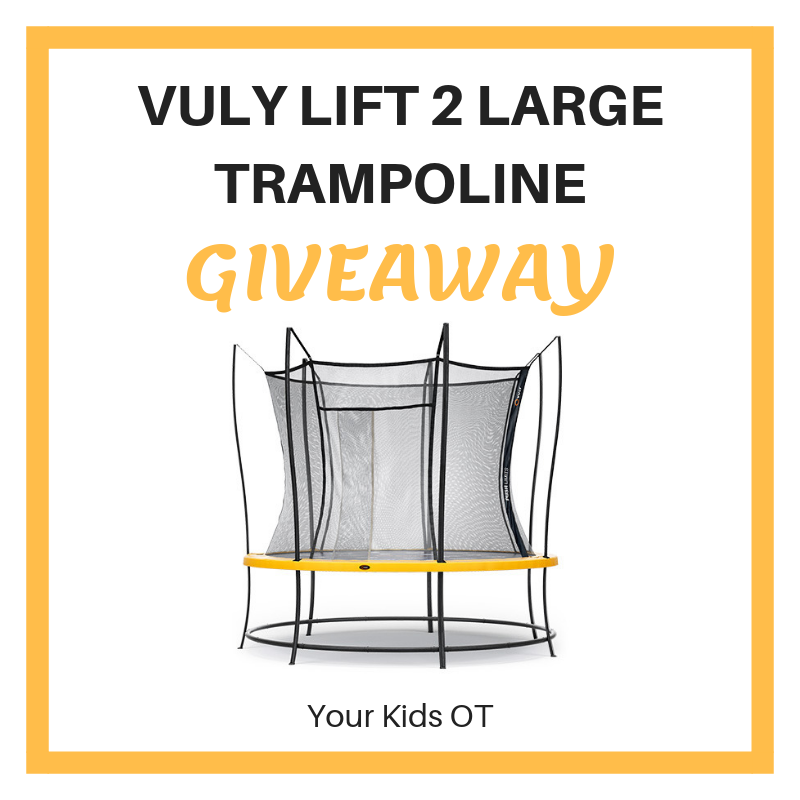
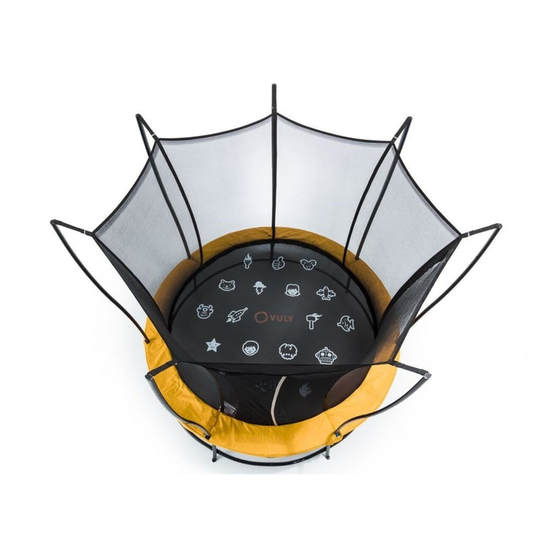

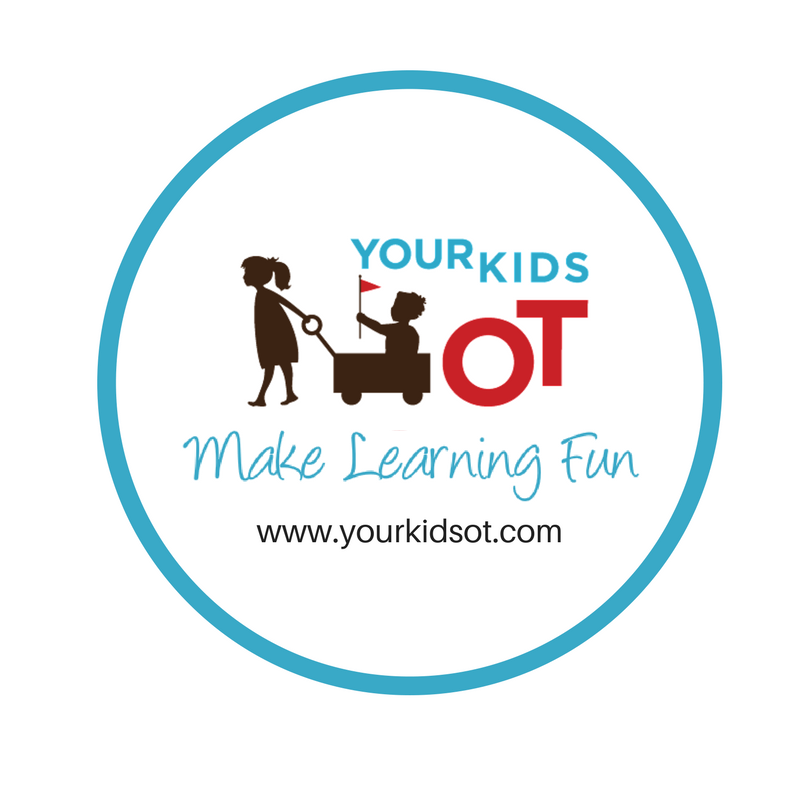
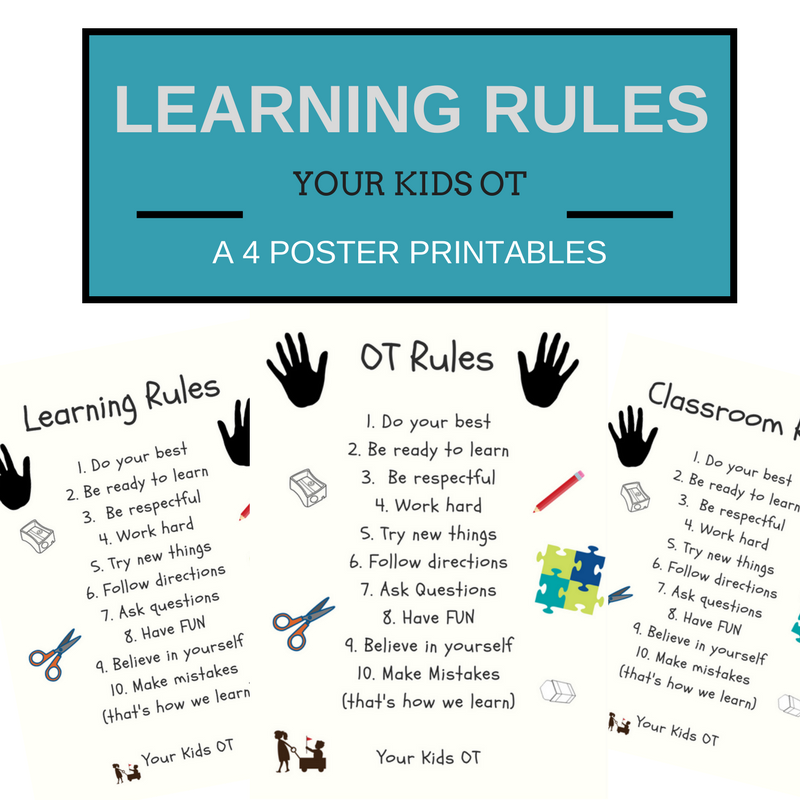
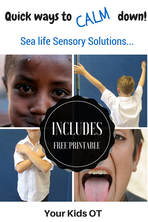
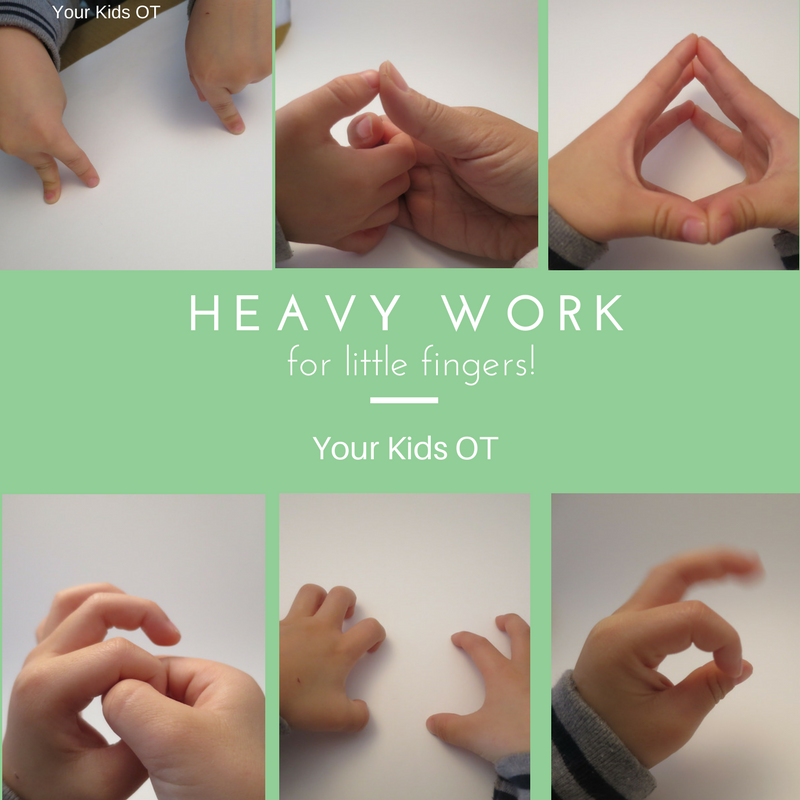

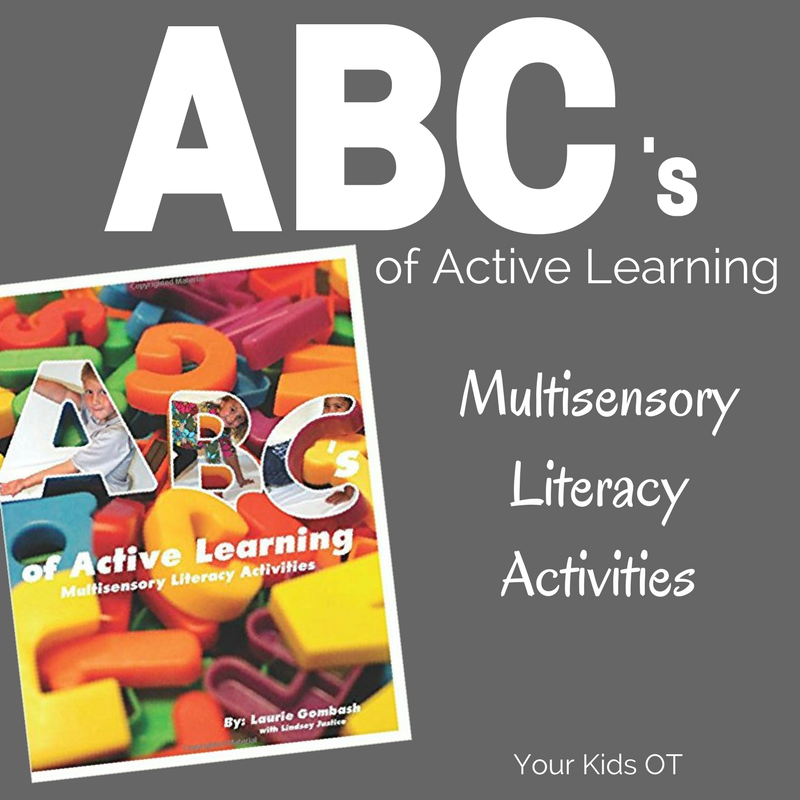
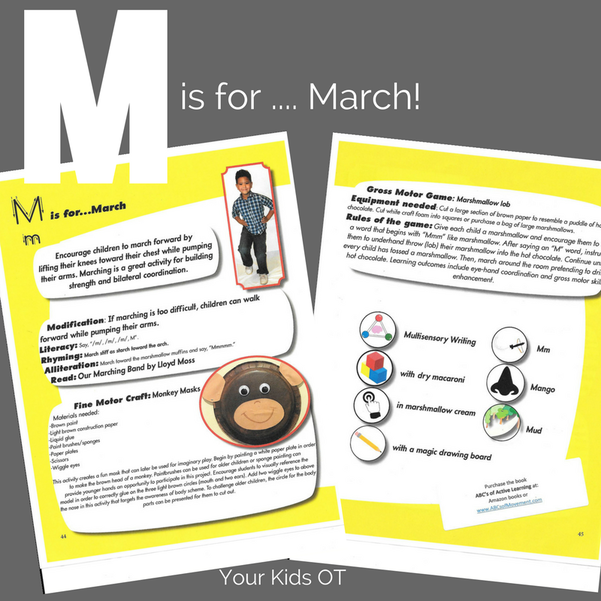

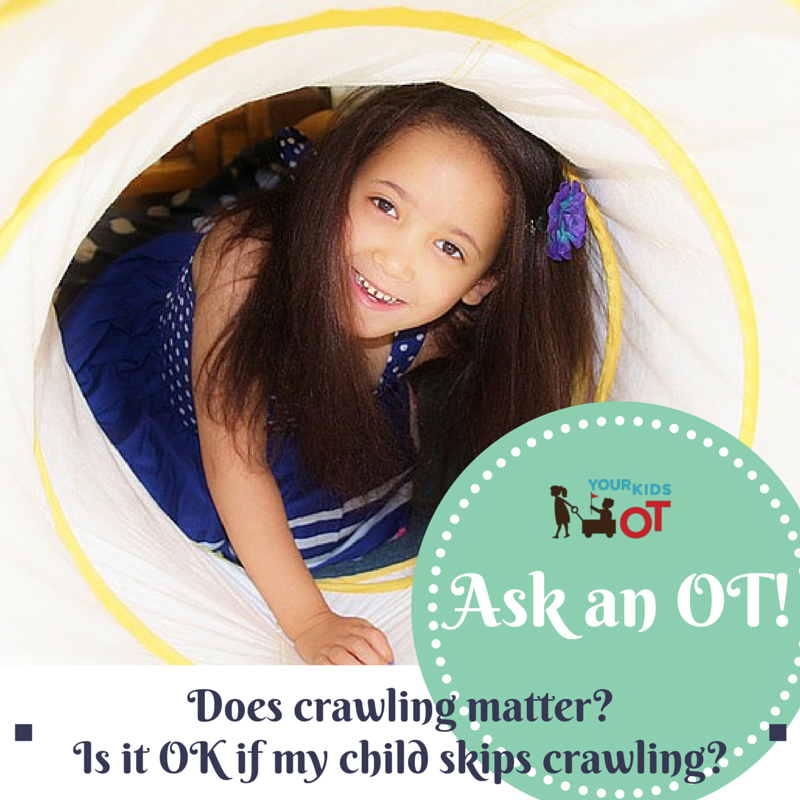
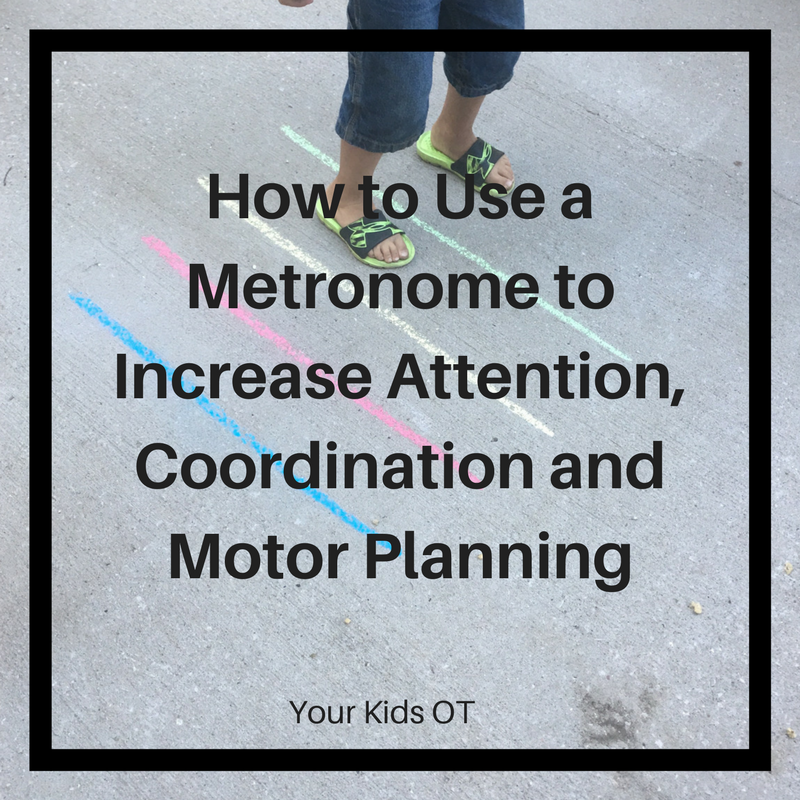

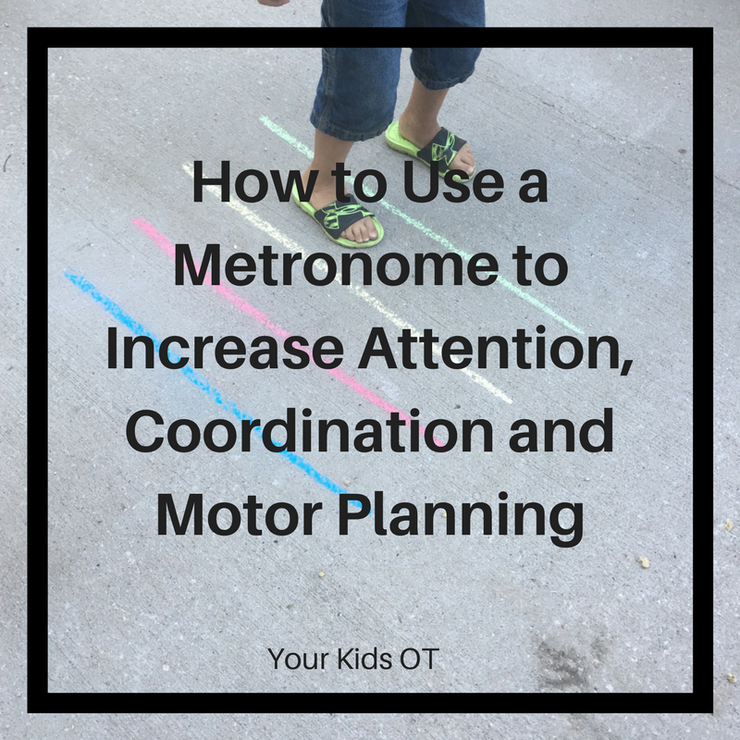
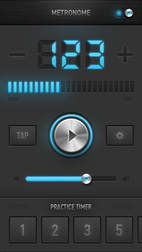
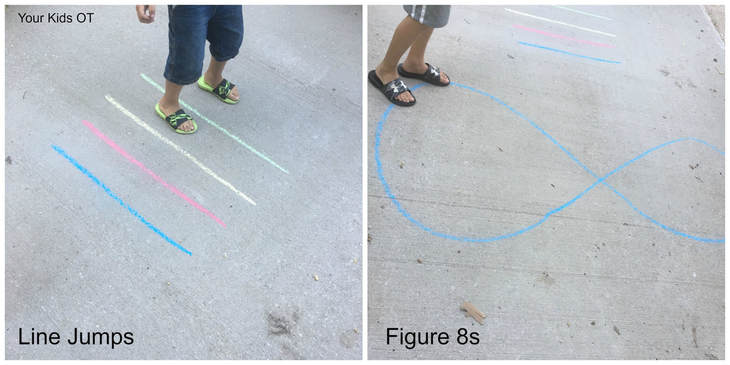
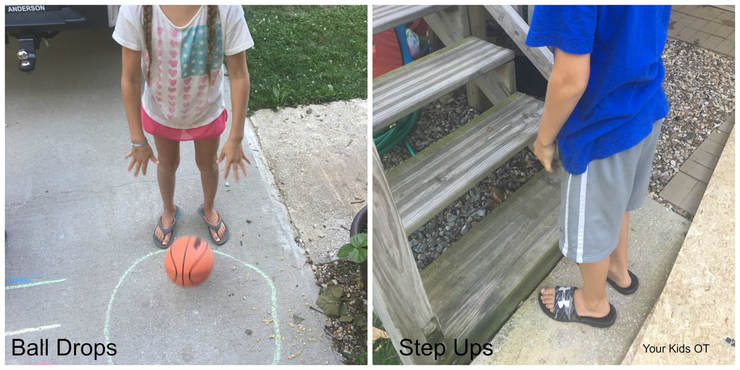
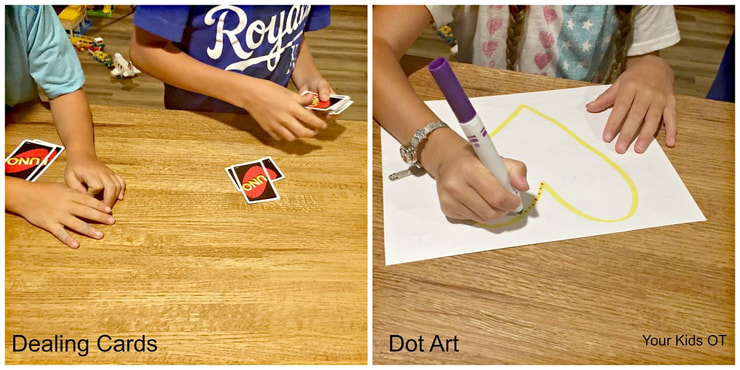
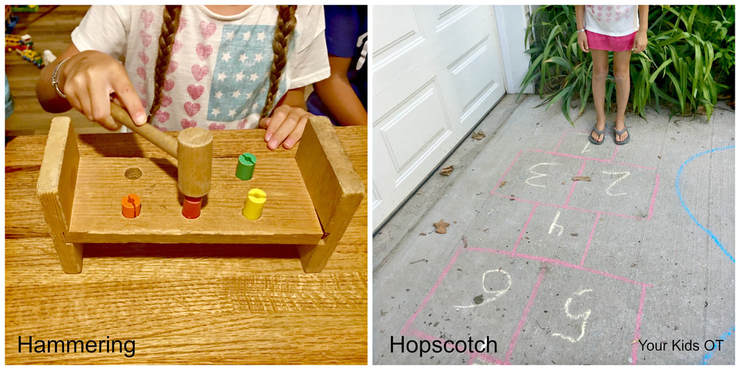

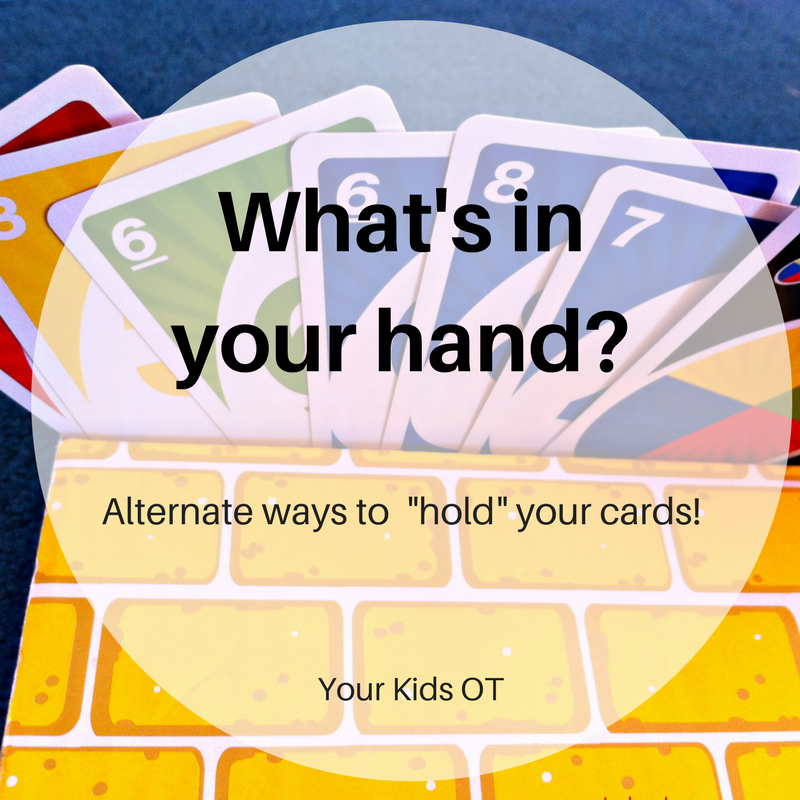
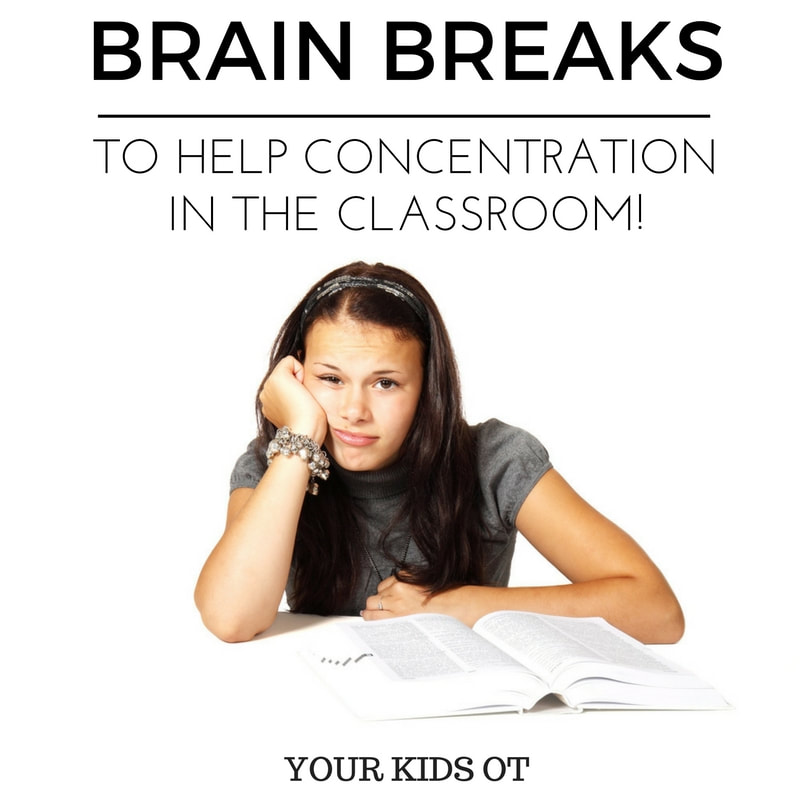
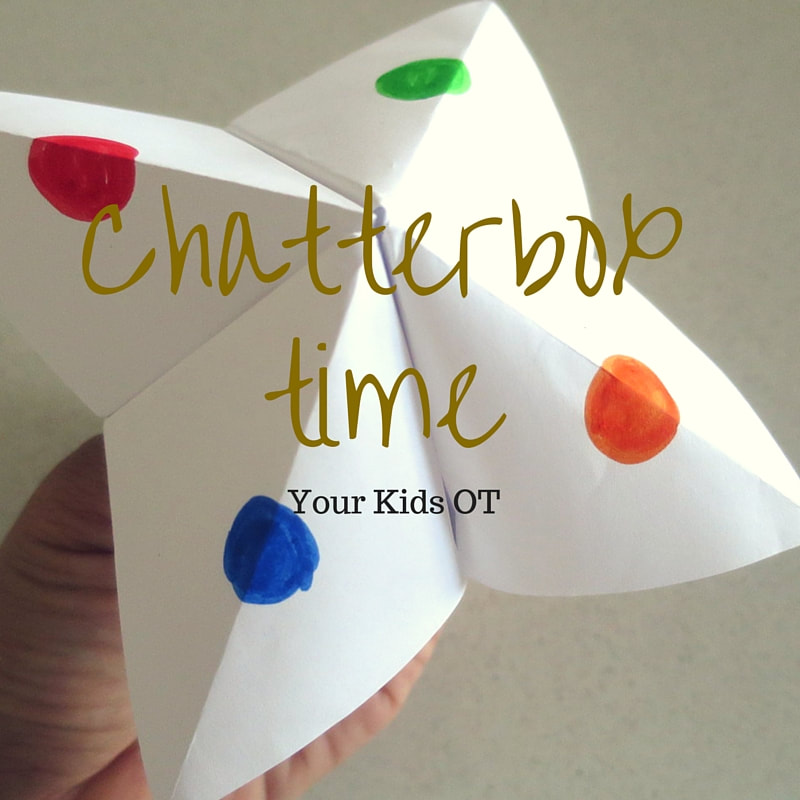
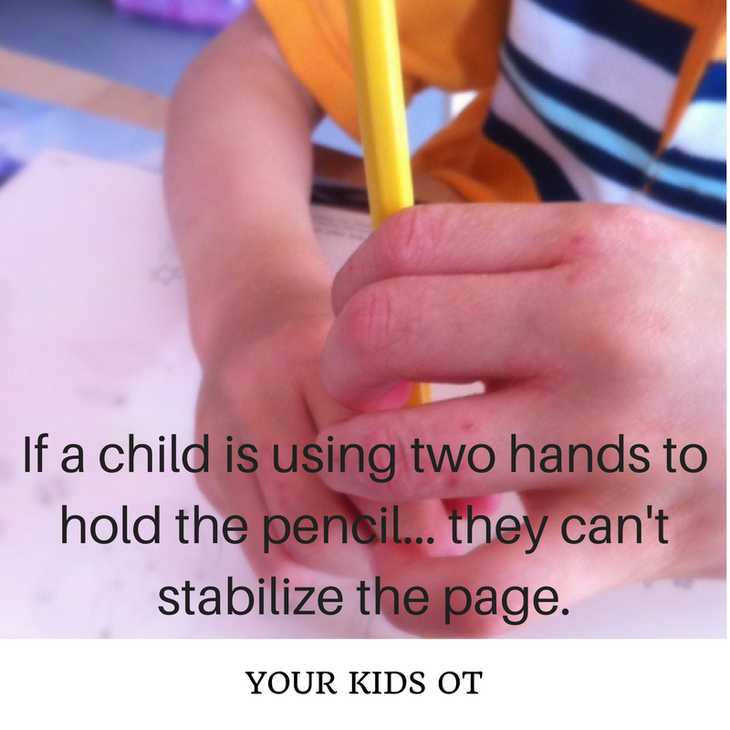

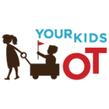

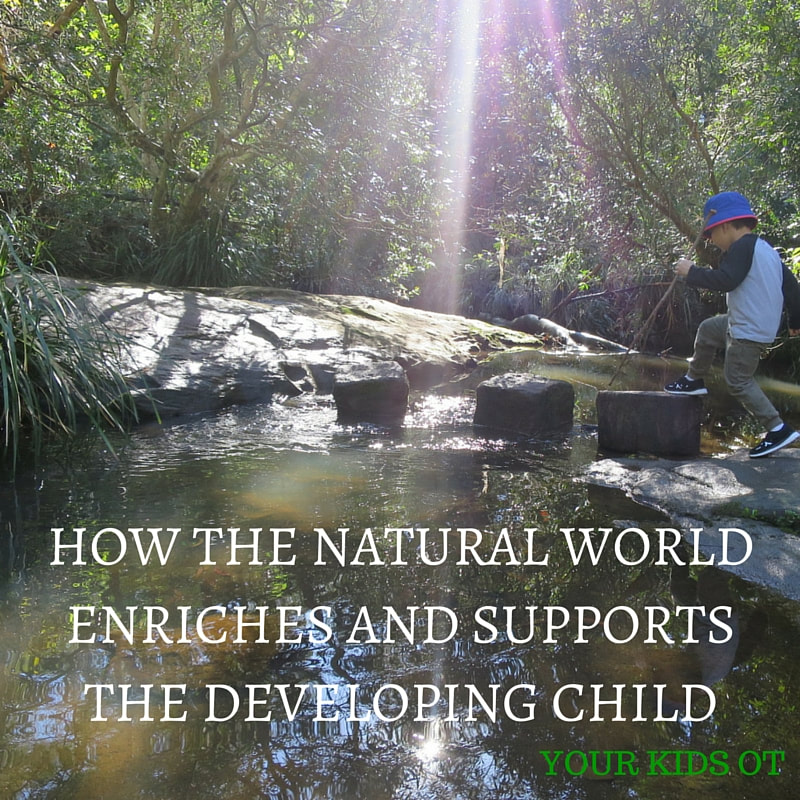
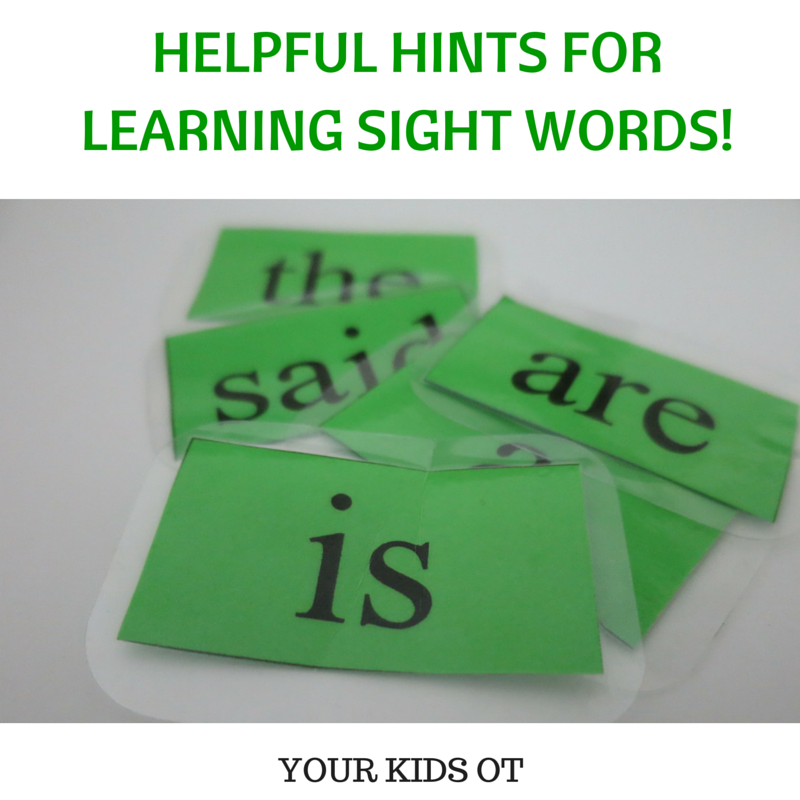
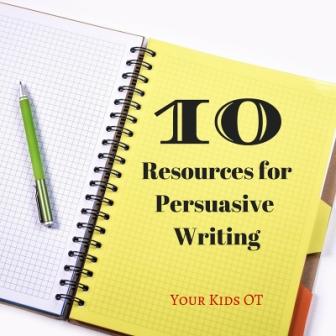


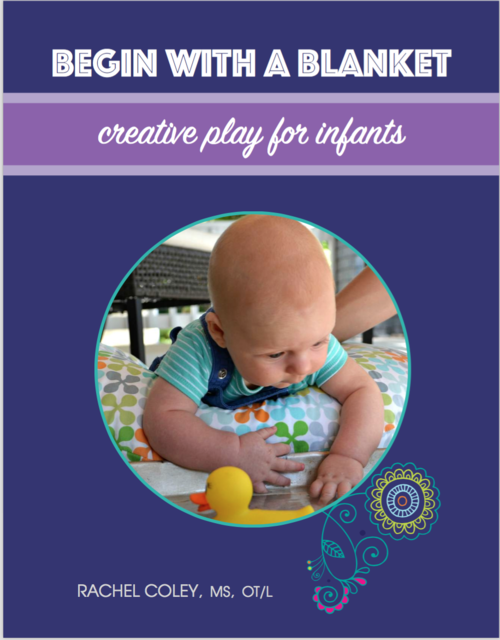

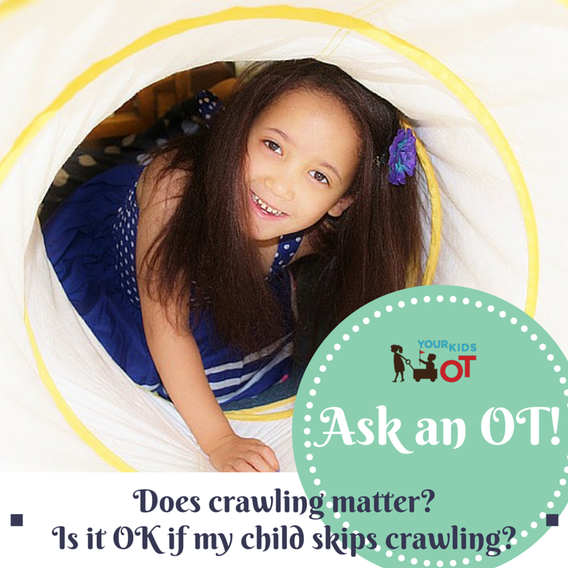

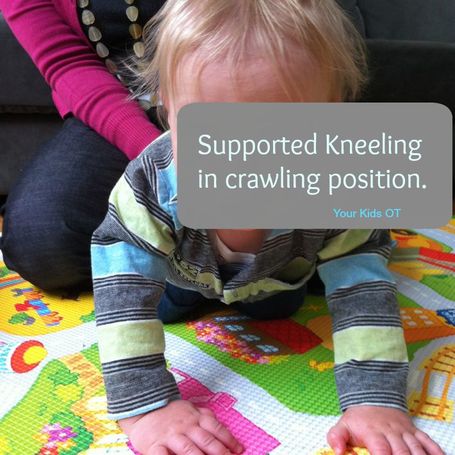
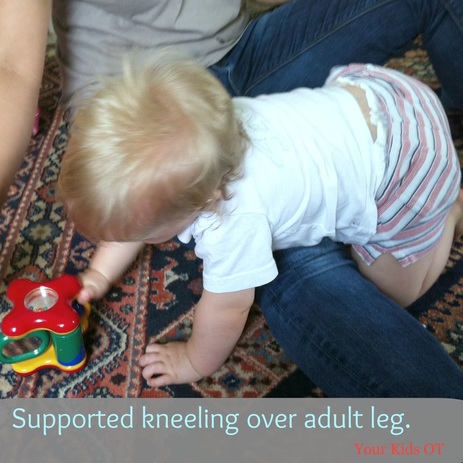
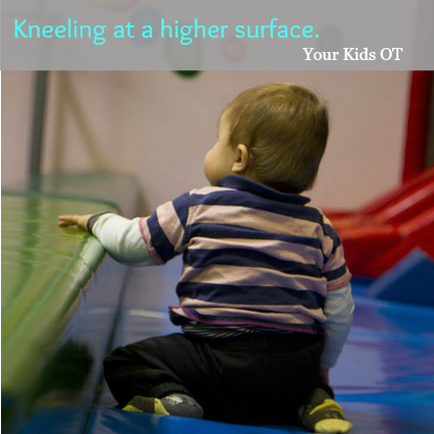
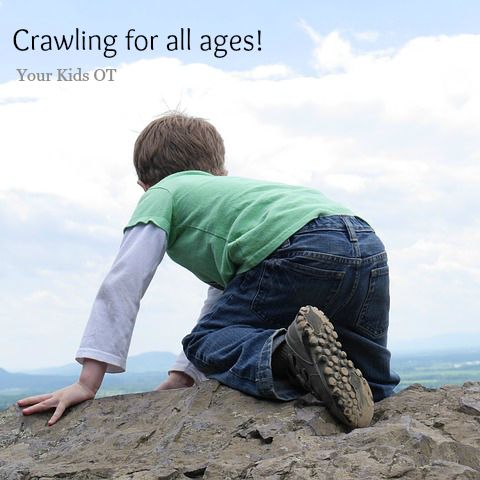

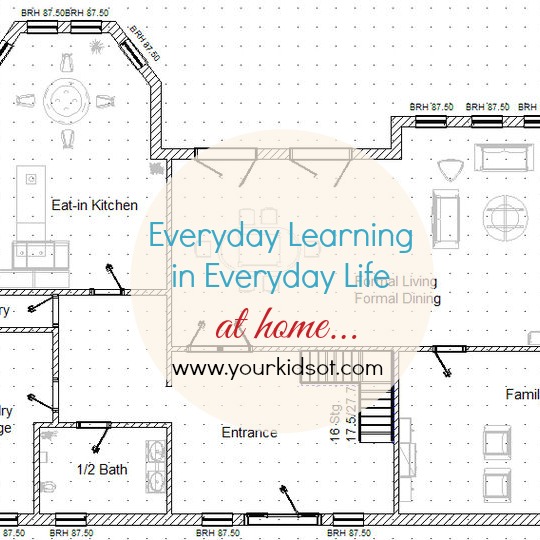
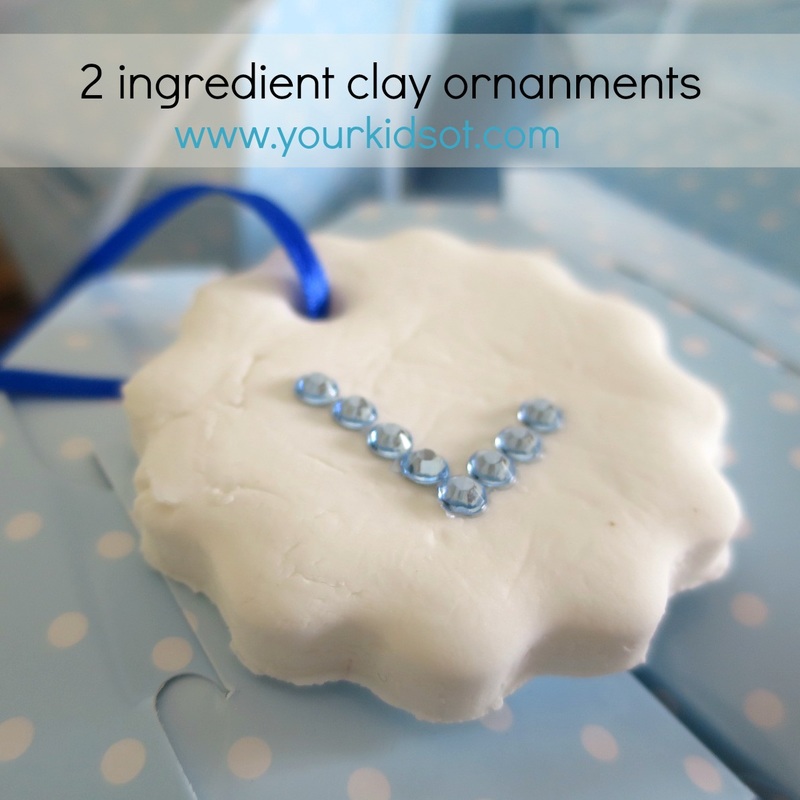
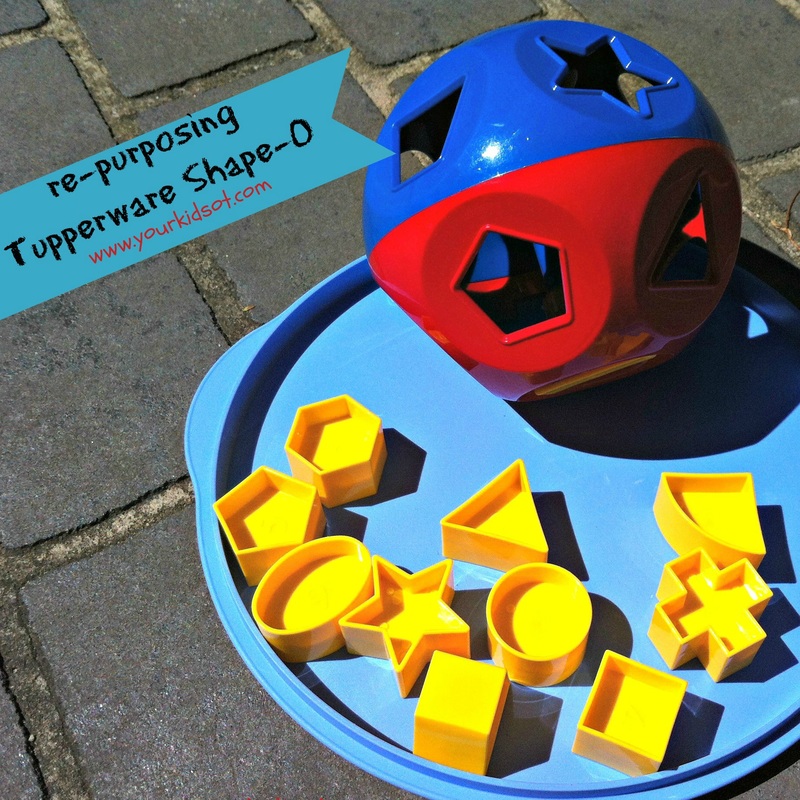
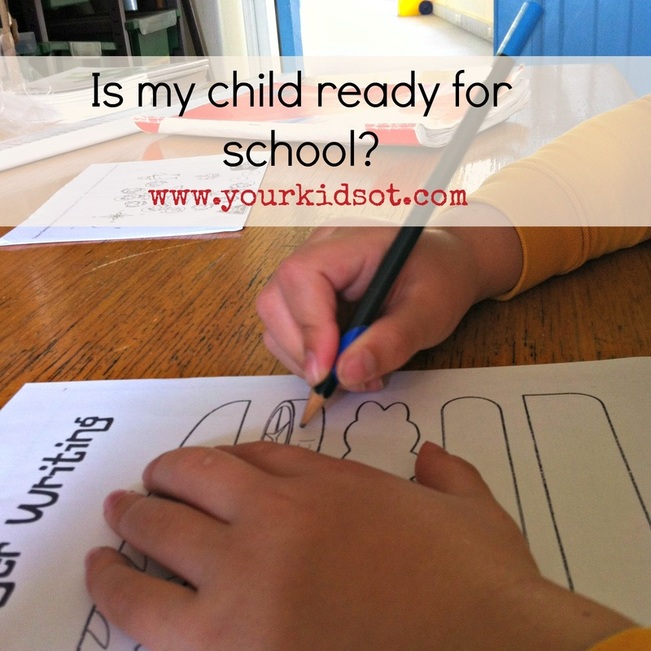
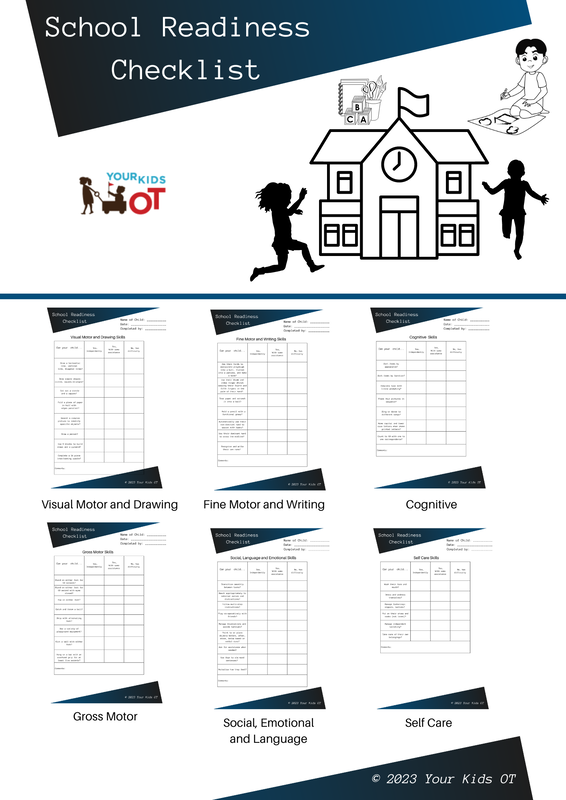


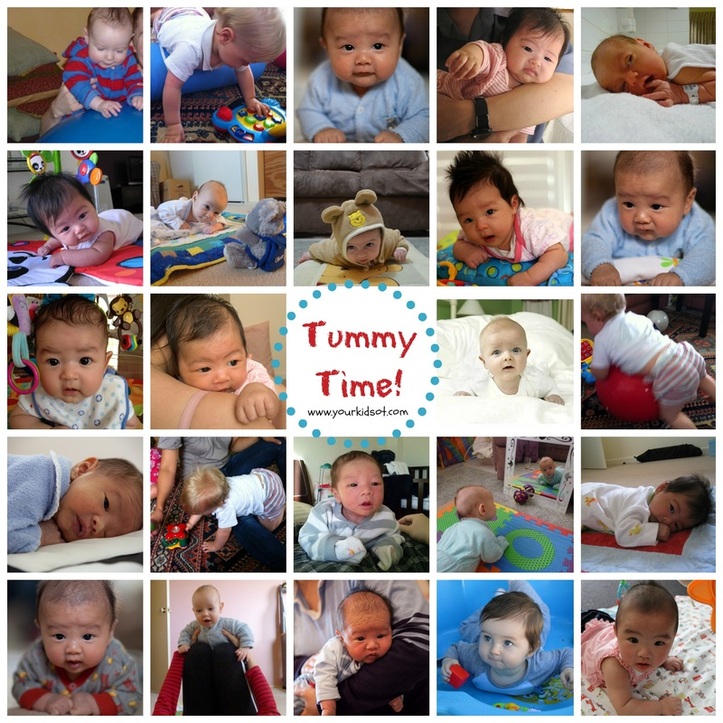
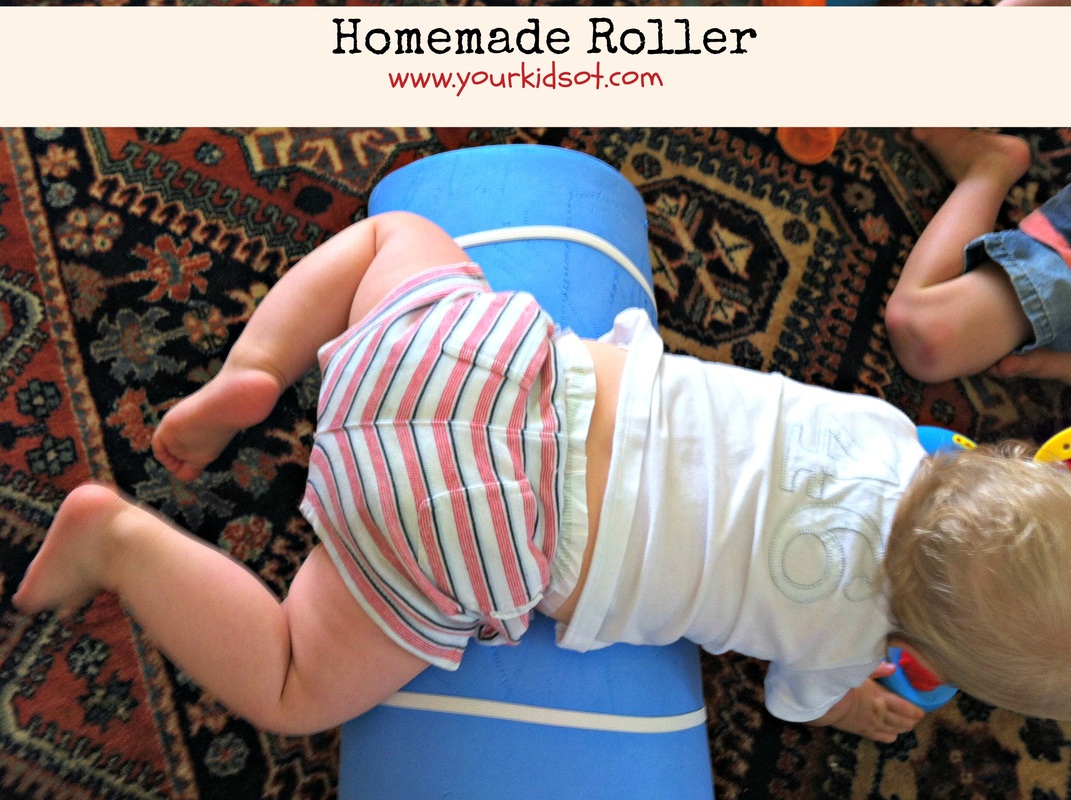

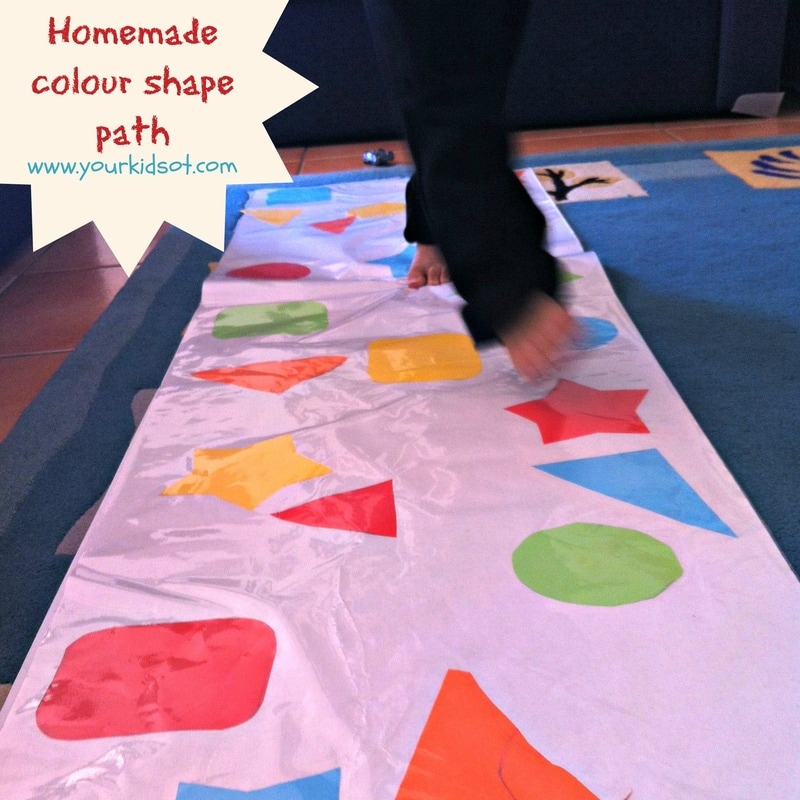
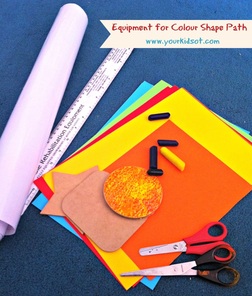
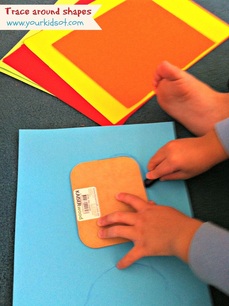
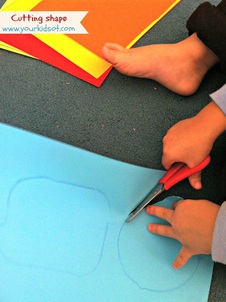
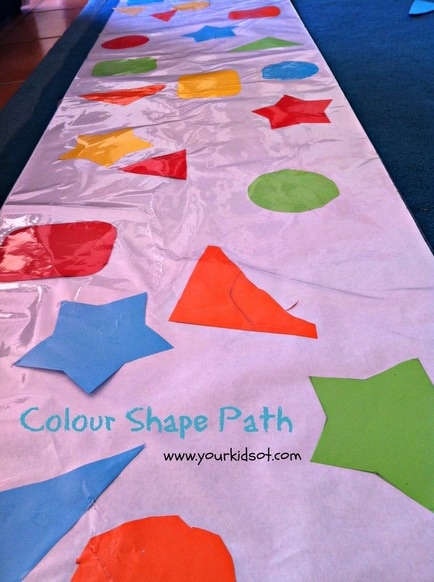
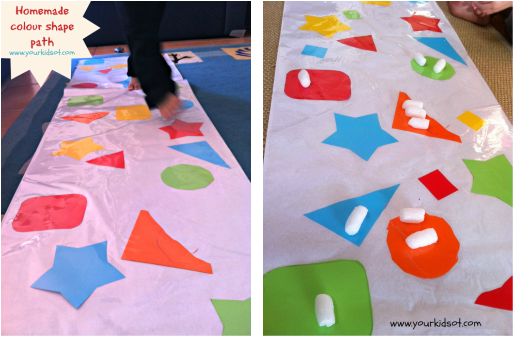

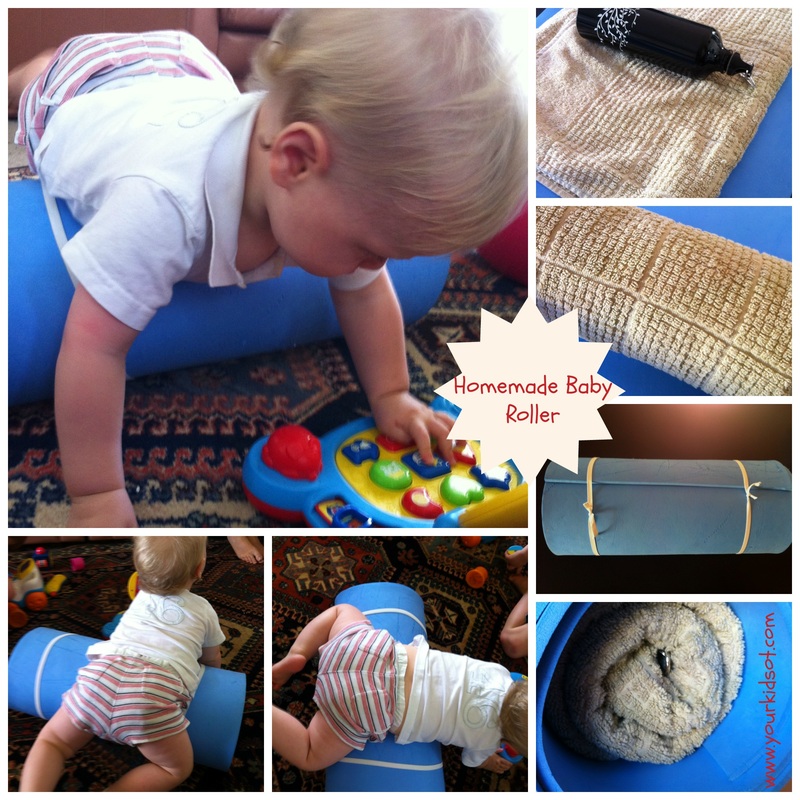

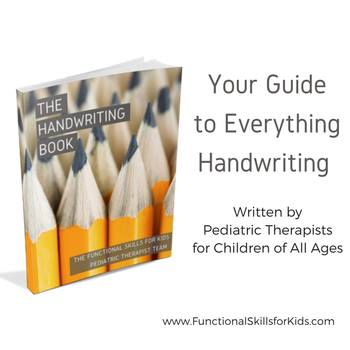
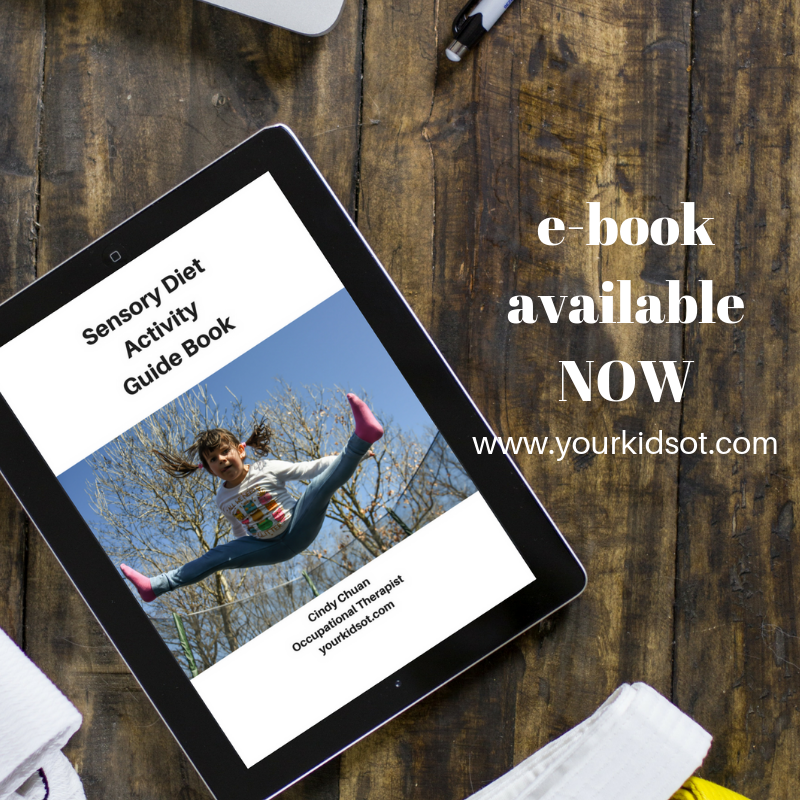
 RSS Feed
RSS Feed
